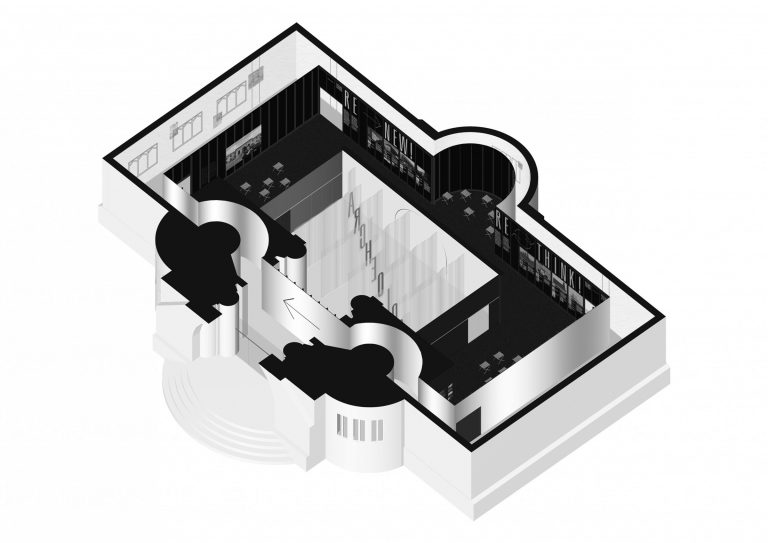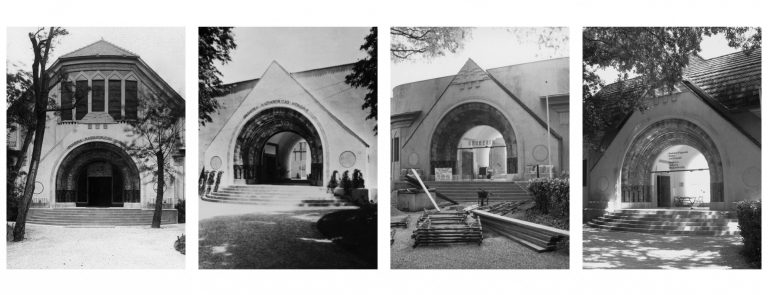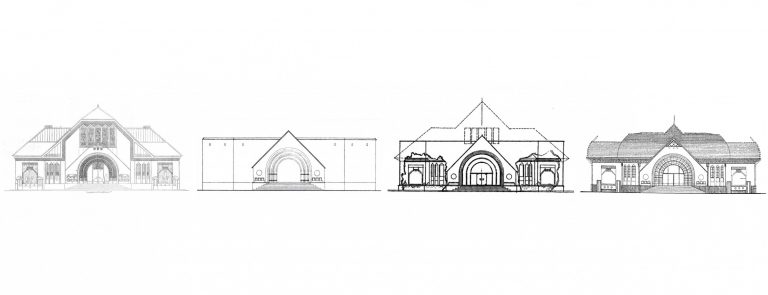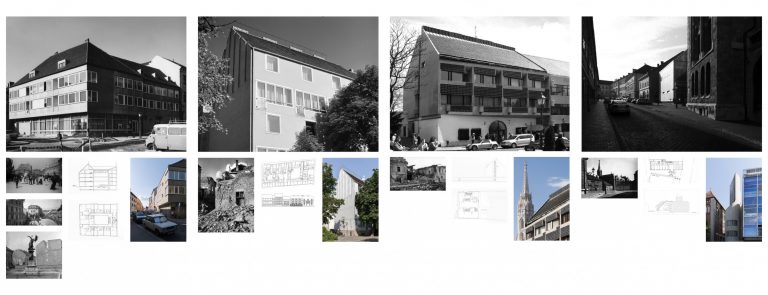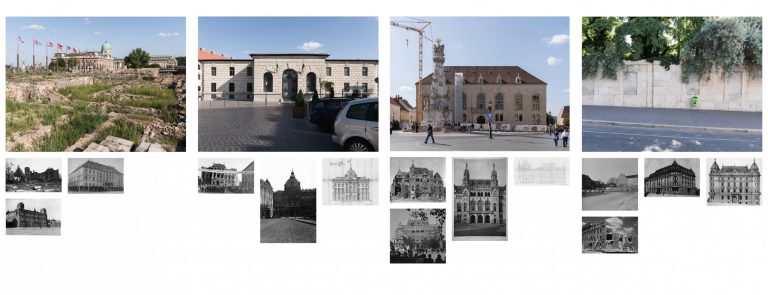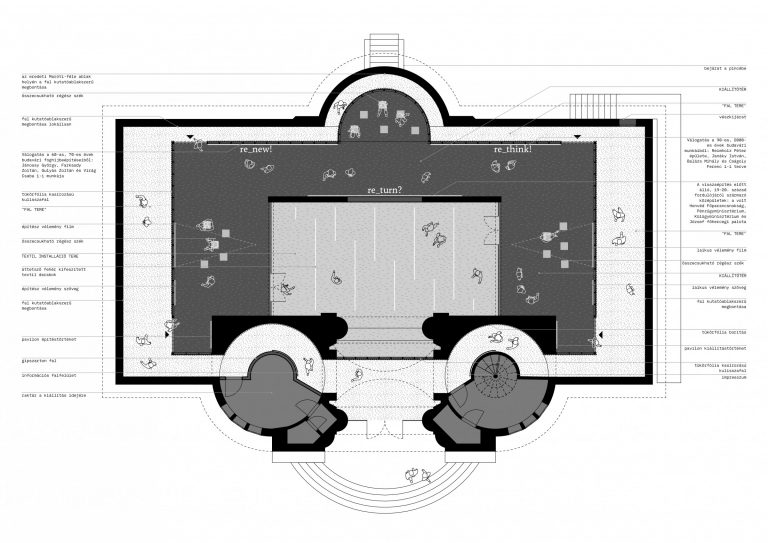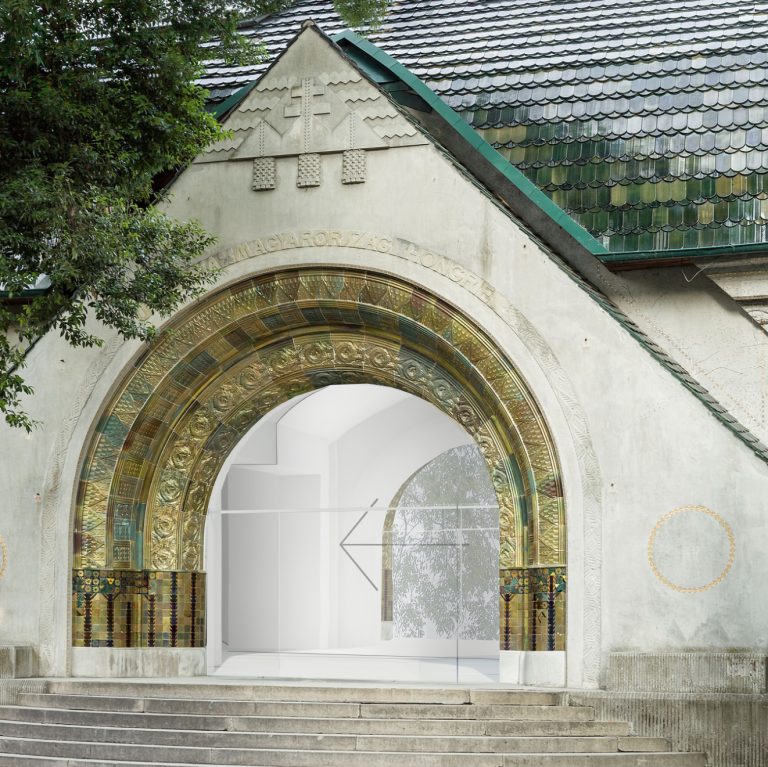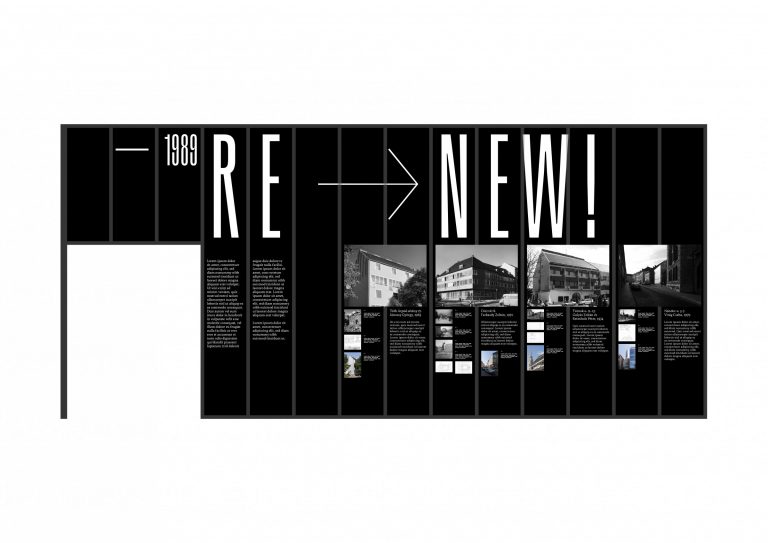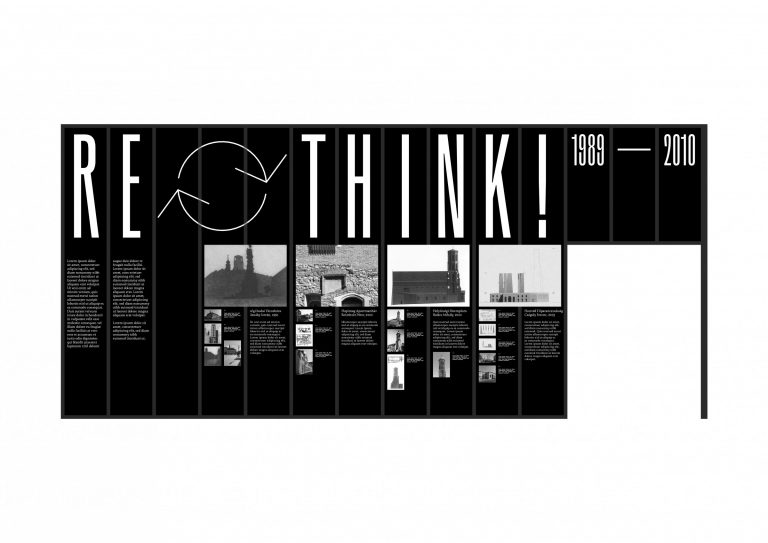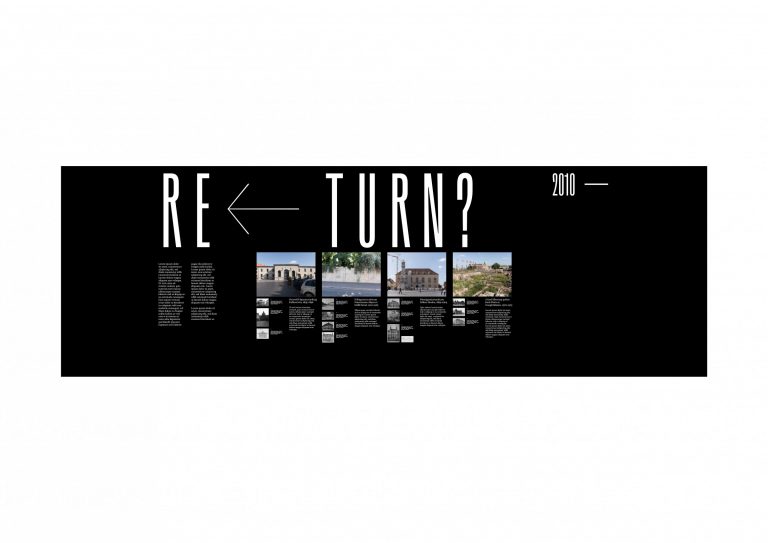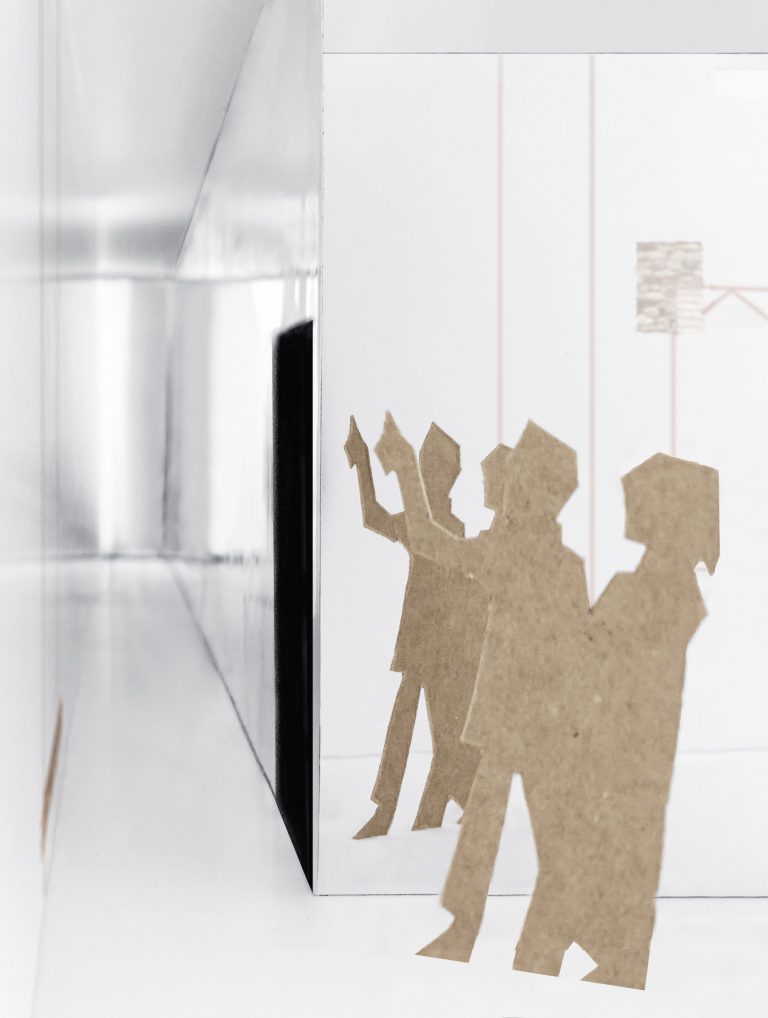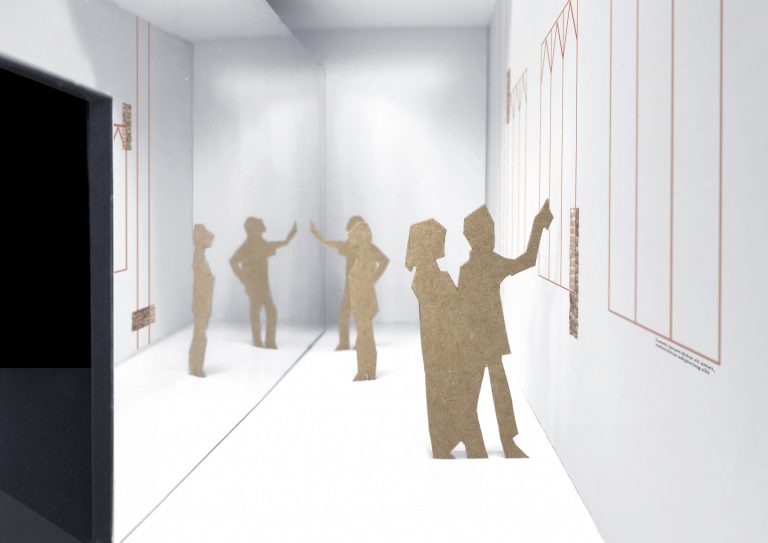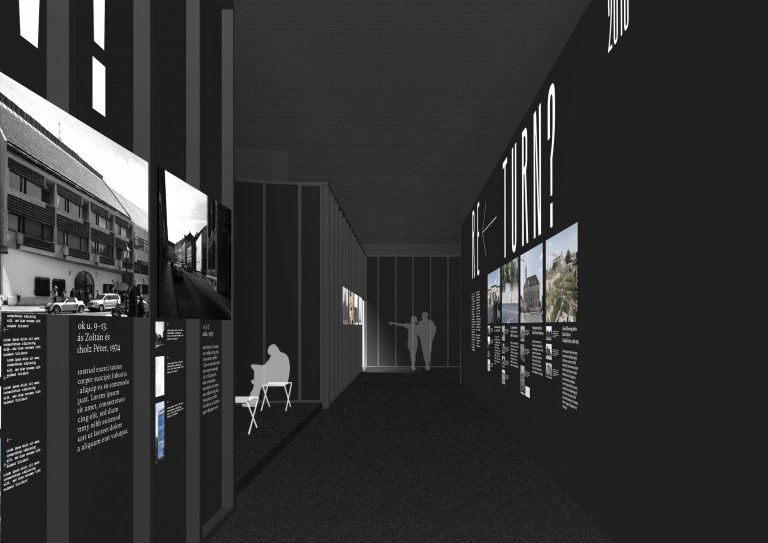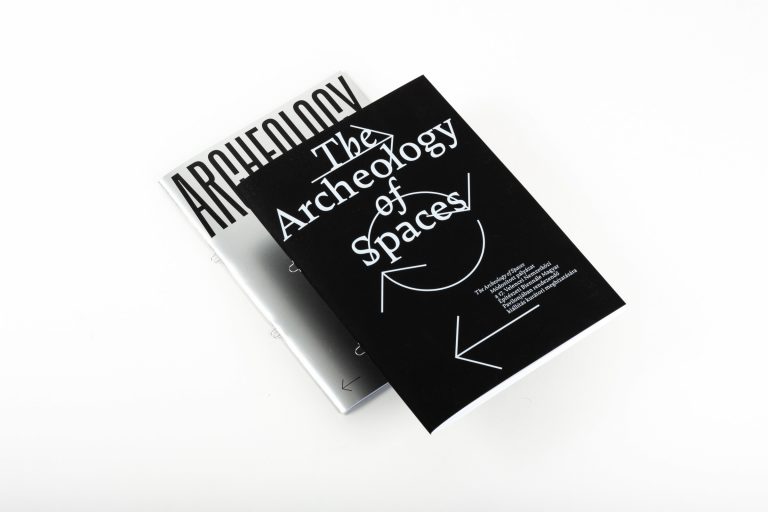The Archeology of Spaces
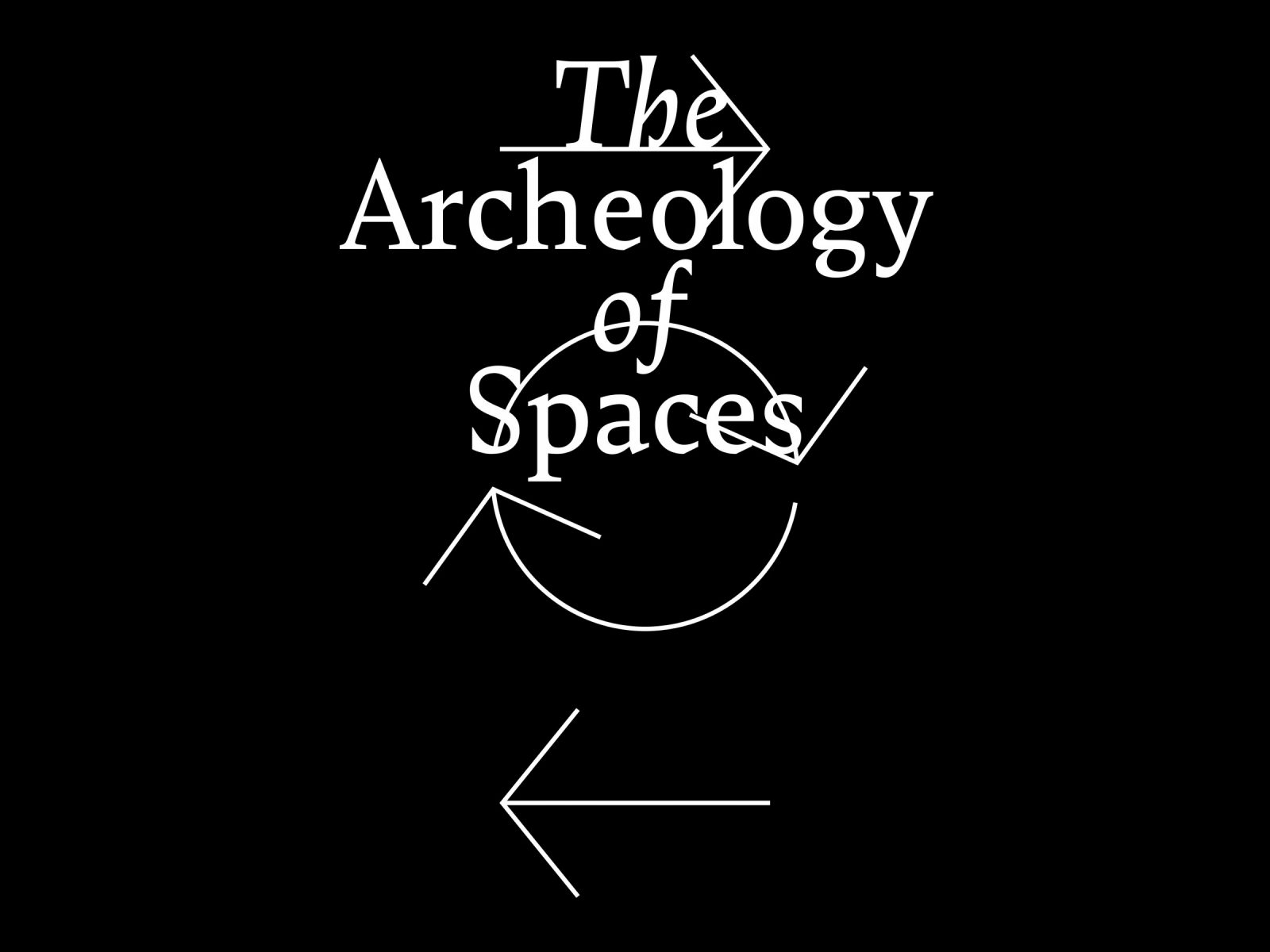
2019
Proposal for the exhibition of the Hungarian Pavilion, 17th Venice International Architecture Biennale
Curator: Levente Szabó DLA
Creator of the project: BME Faculty of Architecture, Department of Public Building Design
Creators of the project: Balázs Biri, Anna Breuer, Zoltán Major, Ákos Polgárdi
Participants of the modified second round material: Péter Kaknics, Regina Kovács, Áron Laczka, Borbála Surján, Anett Treszkai, Bendegúz Zacher, Sára Zöldi
Participants of the first round material also: Ákos Balog, Angéla Dénes-Árvai, Júlia Hegymegi, Bernadett Kolossváry, Mirtill Mihály
Participants of the pre-exhibition university course also: Balázs Beóka, Barna Berzsák, Zsolt Bogáthy, Zoltán Csakurda, Csilla Fehér, Eszter Gall, Anna Gugi, Dániel Győrfi, Stefánia Jaczkó, Eszter Kocsik, Csilla Kosztya, Piroska Könyves Tóth, Flóra Offra, Kornél Sipos, Edina Schoblocher, Enikő Siska, Gyöngyvér Szőke, Zita Zöllner students of architecture
How will we live together?, the topic propesed by chief curator Hashim Sarkis, encourages exhibitors and visitors of the 17th International Architecture Exhibition to engage in broad dialogue. Our proposal focuses primarily on the question of living together with our built heritage and the experience of the layered spatial realities while pointing out the necessity of the act of reflection. Therefore the substantial and essential dialogue on these topics – taking place on different levels of the public – constitutes the central element of our proposal. The question is general, but the subject is concrete and the location has the capacity of being tangibly real. We regard the controversial reconstruction of former large-scale public buildings in the Buda Castle currently happening at this symbolic Hungarian location a process to be evaluated in the context of outstanding Buda Castle buildings and concepts of former decades. Embodying a space-time collage of its numerous building periods and being literally a representation of Hungary in Venice, the pavilion is an exceptionally good example of both the specific topic and the general context. In our installation the significance and capacity of architectural layers in affecting and forming memory becomes a sensuous experience in the pavilion. Through the Hungarian pavilion in Venice and the selected examples from the Buda Castle we emphasize the layered reality of architecture and the cultural significance of its reinterpretation, encouraging visitors to form an opinion without readily offering one.
